Hosta Sara’s Sensation Tissue Culture
$6.87
Hosta Sara’s Sensation plant has been used by the island’s healers since biblical times. Even ancient Rome, Egypt and Greece knew the healing properties of the plant. It was called the “Pagan God plant” because it grows in patches that contain tiny Gods walking around
Out of stock
SKU: HOSSAR800105T
Category: Tissue culture
Hosta Sara’s Sensation Uses:-
- Hosta Sara’s Sensation is the most common orchid used in Italy. It is a member of the orchid family, with the same broad group of plants containing plants such as lemongrass, lily, and gardenia.
- Some of the other plants in the same broad family include cosmos, fennel, ragweed, purslane, polygonum, salvia, santolinas, tabebuia, thymes, Japanese ribbon tree, japonica, dicots, Kuma-Rzasa, kuromame, lindera, manuka, hellebore, mint, nerol, meadow rue, meadow and more.
- The Hosta Sara’s Sensation plant has been well known throughout history as a medicinal plant and was prescribed by many ancient physicians for various disorders and conditions including influenza, bronchitis, colds, fever, liver disease, kidney disorders, pain, vomiting, toothache, tooth decay, tonsillitis, varicose, skin diseases, eczema, psoriasis, backaches, boils, congestion, varicose veins, neuralgia, anaemia, anorexia, piles, dyspepsia, nausea, appetite loss, rheumatism, throat inflammation, tuberculosis, and many others.
Hosta Sara’s Sensation Health benefits:-
- What are the health benefits of Hosta Sara’s Sensation Plant? The plant contains a powerful chemical called urushiol, which is similar to the chemical compounds found in nutmeg pheromones. This chemical is believed to cause a person to be attracted to another person. However, it is not known exactly how the chemical works or whether it is the only substance that causes an attraction between humans. Studies have shown that the chemical can be found in human body fluids. Other research has shown that the chemical may also be present in some non-body fluids, but it is not clear how the substance gets into these fluids.
- Is there a way to grow the plant indoors? There are several indoor growing options available for the plant. Hosta Sara’s sensu hortorum can grow in a variety of conditions including full sun, partial shade, and low light. It can also be grown in partial or full shade, in soil that has good drainage, in containers that are well-drained, and in pots that have holes cut in the bottom. The plant can also be grown in pots that have a tight and secure lid. The plant is very hardy and has a very high tolerance to alkaline conditions.
- What are the environmental factors that affect the plant’s survival? When the plant is fully mature it must be kept in a controlled environment. This means that it cannot be exposed to extreme temperatures or extremely dry or humid conditions. Also, the plant should never be placed in extremely acidic conditions as it will die. Extreme temperatures can kill all or part of the foliage. The humidity level should be around 55% at all times.
- How can you best protect the plant from harmful insects? You can use plastic netting to surround the pot, but you must make sure the netting is not made of sharp materials. There are also many organic and non-organic pesticides available to purchase at your local nursery or garden center. There are also several self-tubing insecticides available to spray on the plant foliage. This product can be sprayed around the base of the plant but should be avoided near the root system.
Hosta Sara’s Sensation Properties:-
- It is an easy Hosta Sara’s Sensation plant to maintain, grows quickly and provides bountiful blooms for any garden. It can be grown in partial shade or full sun. Here are a few tips on how to grow Hosta Sara’s Sensation successfully.
- The first tip to follow when growing Hosta is choosing the right location. Hosta prefers a sunny location so if you live in an area with a high risk of seasonal rain or have a large garden that gets full during the summer months, it might not be the best choice of a plant to grow. Try to plant your Hosta so it receives full sun throughout the day and just a little shade during the cooler evening hours. Sunlight provides vital energy for the plant to thrive, so the shade will not be an issue.
- The next tip to follow is watering. Watering needs to be done often to help keep the root system alive. In the springtime, water a plant hourly during the hottest part of the day, watering only once in the afternoon. In the fall, water daily to ensure a healthy growing environment.
- If you want to enjoy the flowering of your hosta all year long, take special care to fertilize. Fertilizing your plant will help prevent disease as well as provide good nutrition for blooming buds. Start by fertilizing the soil one week before planting, follow up with a weekly application of fertilizer. Test fertilizer frequently to make sure you are still getting the proper amount. This allows you to control your plant’s nutrient level.
- In addition to taking care of your plant, another important part of how to grow hosta is to consider pruning. Cut off dead or damaged leaves and re-nest them into a new container. Do not cut too deep or you will have less of a chance of your plant producing blooms. Too short of pruning could also cause the plant to become stressed and fail. You should also refrain from pruning growth zones.
- As your hostas grow, it will produce little pods. These pods contain the nectar that the plant needs to grow and bloom. Take a sharp knife and carefully remove the pods from your plant. The nectar is full of valuable nutrients for your plant, but the roots remain.
- When you repot your plant, be sure to report it in the spring so that it will grow back healthy and strong. Most gardeners believe that you can take a plant from one season to another. That is simply not true when it comes to how to grow hosta. Each year, transplant your plants about four feet away from each other, allowing them to air out and recover. This allows your host to grow fuller each growing season.
Be the first to review “Hosta Sara’s Sensation Tissue Culture” Cancel reply
Related products
Tissue culture
$9.33
Tissue culture
$9.33
Tissue culture
$7.74
Tissue culture
$7.74
Tissue culture
$7.74
Tissue culture
$4.50
Tissue culture
$7.53
Tissue culture
$7.38

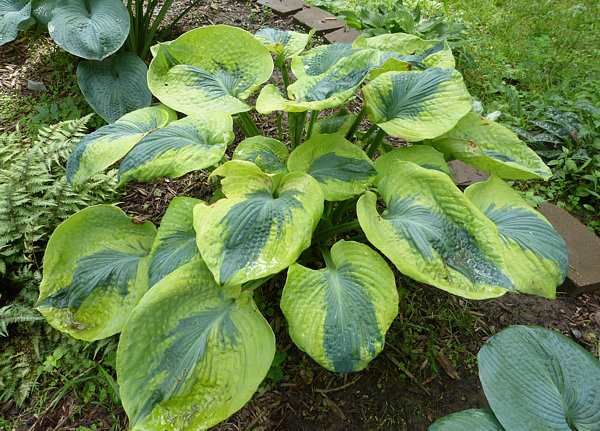
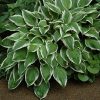
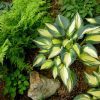
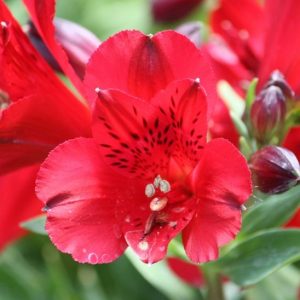
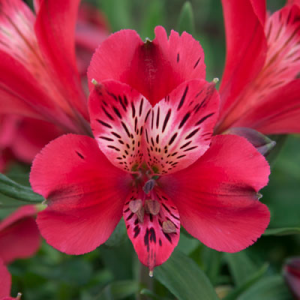
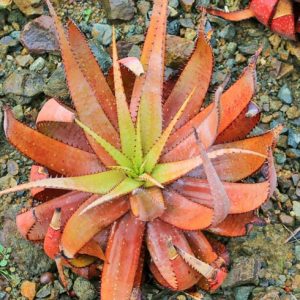
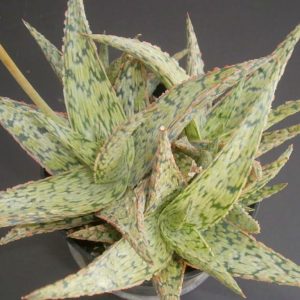
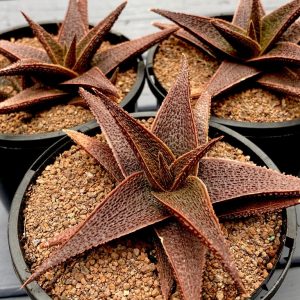
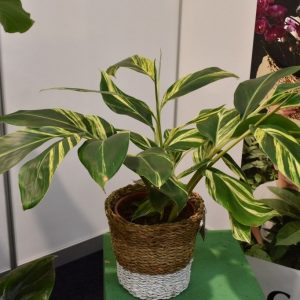
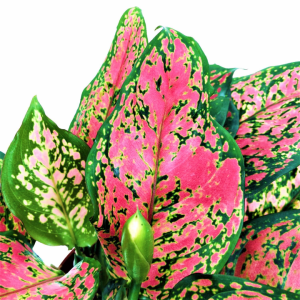
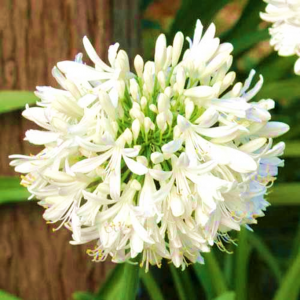
Reviews
There are no reviews yet.